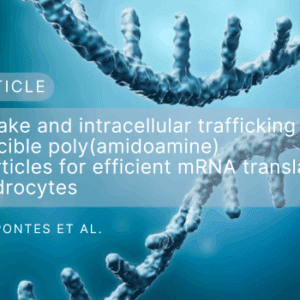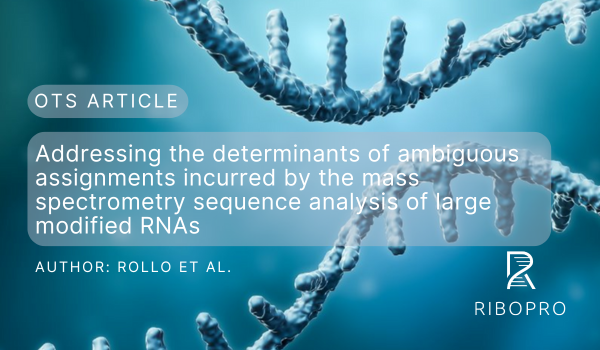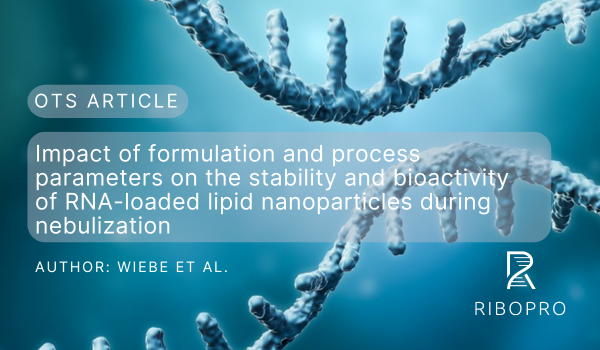Authors
Adriano P. Pontes, Steffen van der Wal, Saketh R. Ranamalla, Karin Roelofs, Ioan Tomuta, Laura B. Creemers and Jaap Rip
Keywords
Non-viral gene delivery, nanoparticle, mRNA delivery, poly(amidoamine), osteoarthritis, chondrocyte, OTS mRNA
DOI
https://doi.org/10.3389/fbioe.2023.1290871
Journal: Frontiers in Bioengineering and Biotechnology
PMID: 38026902
PMCID: PMC10668025
Abstract
Disulfide-containing poly(amidoamine) (PAA) is a cationic and bioreducible polymer, with potential use as a nanocarrier for mRNA delivery in the treatment of several diseases including osteoarthritis (OA). Successful transfection of joint cells with PAA-based nanoparticles (NPs) was shown previously, but cell uptake, endosomal escape and nanoparticle biodegradation were not studied in detail. In this study, C28/I2 human chondrocytes were transfected with NPs co-formulated with a PEG-polymer coating and loaded with EGFP mRNA for confocal imaging of intracellular trafficking and evaluation of transfection efficiency. Compared with uncoated NPs, PEG-coated NPs showed smaller particle size, neutral surface charge, higher colloidal stability and superior transfection efficiency. Furthermore, endosomal entrapment of these PEGcoated NPs decreased over time and mRNA release could be visualized both in vitro and in live cells. Importantly, cell treatment with modulators of the intracellular reducing environment showed that glutathione (GSH) concentrations affect translation of the mRNA payload. Finally, we applied a D-optimal experimental design to test different polymer-to-RNA loading ratios and dosages, thus obtaining an optimal formulation with up to ≈80% of GFPpositive cells and without toxic effects. Together, the biocompatibility and high transfection efficiency of this system may be a promising tool for intra-articular delivery of therapeutical mRNA in OA treatment.



